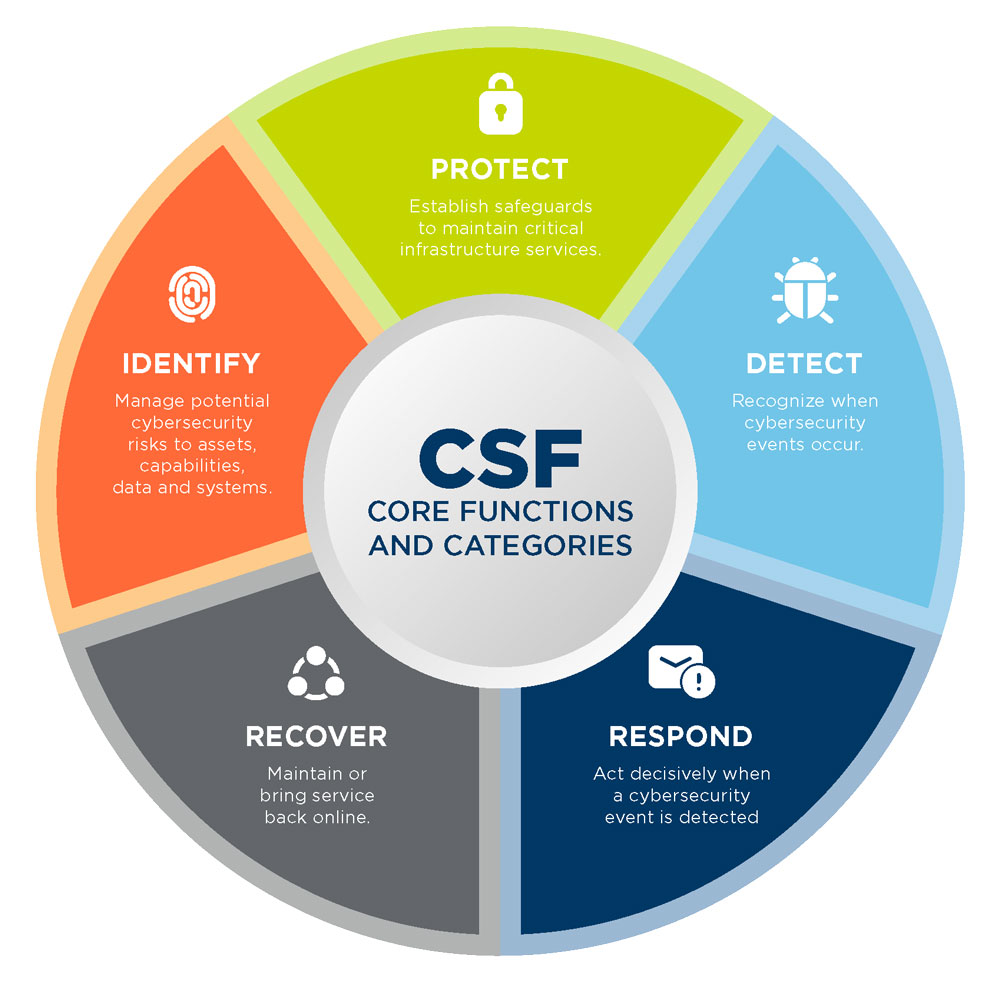Supply chain issues triggered by the COVID-19 crisis continue to encumber consumers, businesses and policy leaders. And while intermodal movement is progressing toward pre-pandemic levels, other factors outside of the pandemic are poised to continue endangering freight rail and the supply chains supported by this industry. Specifically, ransomware attacks and cybersecurity threats could disrupt supply chains, damage critical infrastructure and possibly cause loss of life.
In 2021, ransomware attacks compromised two other components of critical infrastructure: pipelines (Colonial Pipeline) and food processing (JBS Foods). While most railroads have long-established internal cybersecurity teams focused on enterprise information technology (IT) systems, significant technologies have been deployed to the field that have not always followed cybersecurity best practices. These field systems have been created in response to the positive train control (PTC) initiative, and due to the effort and regulatory time commitments, cybersecurity was not a primary concern during the deployment of PTC technologies. This creates vulnerabilities that need to be addressed by most freight railroad companies.
In October 2022, the Transportation Security Administration (TSA) instituted a new security directive for freight and passenger carriers. Under this directive, railroad companies must create network segmentation controls and policies, develop access control measures, establish monitoring and detection policies and procedures, and mitigate potential exploitation of unpatched systems. Network segmentation controls and policies should give railroad companies a framework to maintain operational technology (OT) when IT is jeopardized. Effective access control measures should mitigate unauthorized access, while monitoring and detection policies and procedures are intended to help railroad companies detect, respond and recover from cybersecurity threats and attacks. Prioritizing is critical as cyber attacks will be inevitable in the railroad sector. Finally, railroad companies can safeguard against the exploitation of unpatched systems by implementing security patches and upgrading applications, drivers, operating systems and firmware. Ransomware attacks are continuously evolving but generally are designed to encrypt files so that they are unusable by an organization until the malicious actor who instigated the attack is compensated. In 2019, there was a ransomware attack every 39 seconds. In 2021, ransomware attacks occurred every 11 seconds.
Within the railroad industry, ransomware attacks could be used to cripple the systems designed to plan train movements, forcing the railroad to return to paper-based planning mechanisms. With the implementation of the PTC rules — and assuming any ransomware attack would remove PTC functionalities — trains effectively could be running at restricted speeds. The addition of the PTC field systems also opens up a new threat vector that could be exploited to deliver a ransomware attack via systems that might not be effectively monitored.
In addition to the cybersecurity requirements issued by TSA in 2022, railroad companies can reduce cyber-risks using an established framework and implementation guide prepared by the Cybersecurity and Infrastructure Security Agency (CISA), an operational agency under the Department of Homeland Security (DHS). The work of TSA and DHS is critical to identify risks and vulnerabilities that vendors and cybersecurity professionals can address. Unfortunately, attacks are occurring more frequently, leaving railroad companies more vulnerable in the near term, unless they take action themselves. Railroad companies can take proactive steps today using the guidance from CISA and the Association of American Railroads (AAR) in tandem with any new federal regulations to improve their cybersecurity defenses.





